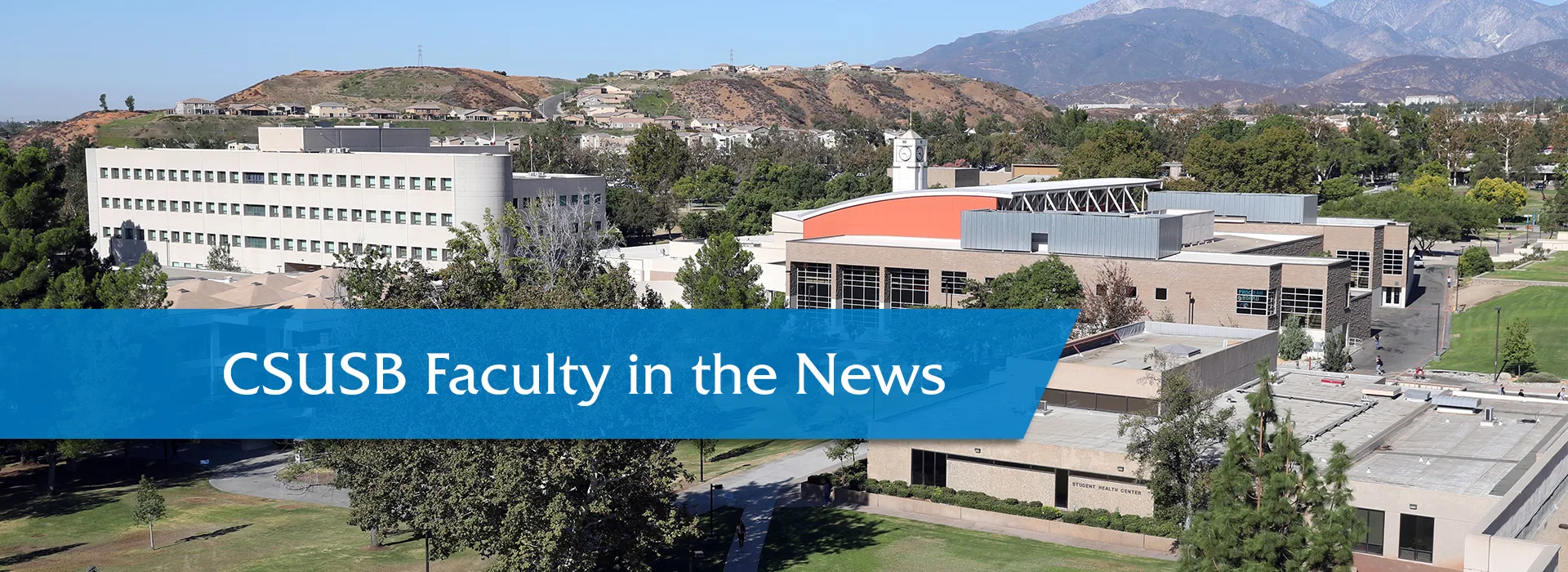
NOTE: Faculty, if you are interviewed and quoted by news media, or if your work has been cited, and you have an online link to the article or video, please let us know. Contact us at news@csusb.edu.
CSUSB professor comments on hate crime attack later deemed to be a hoaxOttawa (Canada) CitizenJan. 15, 2018
Brian Levin, director of Cal State San Bernardino’s Center for the Study of Hate and Extremism, was interviewed for an article about the case of an 11-year-old Toronto girl who falsely claimed she was attacked by a stranger who tried to cut off her hijab. The incident was reported on Jan. 12, and made headlines worldwide. The article did not indicate why the girl made up the incident.
“The failure occurred with the person who lied,” said Levin. But for politicians, when there are warning signs, like a young person involved, an educational context, a lack of corroboration, “it never hurts to wait a day.”
He said it should not be a surprise that members of the public, including children, will lie, and the official response has to accommodate that possibility. False crime reports are common, usually for things like personal animus, domestic problems, insurance fraud. At the extreme, they constitute serious crime in and of themselves, such as fake bomb threats, or “swatting,” in which a false report is designed to provoke a police reaction.
“Hate crime hoaxes are pretty rare. However, when they do happen, they often involve school or college-aged folks,” said Levin. The motivation, he said, is often “some kind of reputational enhancement,” or a distraction or diversion from something negative in their own life, or a ploy for sympathy.
“This is a double tragedy,” he said. “People don’t hear about every hate crime. … What it ends up doing is casting doubt on the far more that don’t make it into the media.”
Read the complete article at “Until it was found to be a hoax, Toronto girl's hijab made news, not the attack on her.”
This news clip and others may be found at “In the Headlines” on the Inside CSUSB website.